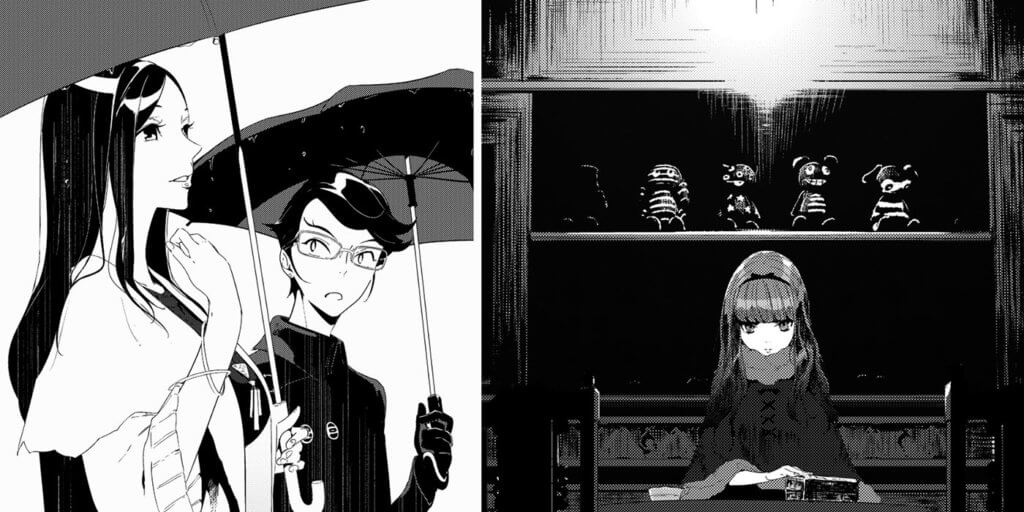The dichotomy of Masamune Shirow’s best-known work, a cyberpunk classic, is right in the title: a ghost of human consciousness inside the shell of a body also describes the manga itself, a philosophically ambitious ghost inside a shell of shoot-’em-up cop drama. Lifelike robots are grown in tanks, cybernetic enchancements surpass plastic surgery, and the Net is like a 1–900 party line for cybernetic terrorists, A.I.’s wanting to breathe free, and virtual-reality lesbian sex. Despite copious footnotes, Ghost in the Shell really doesn’t make a whole lot of sense, and is best enjoyed for its imaginative futurist visions and naked or near-naked female forms. The rogue A.I. of the anime version, directed by Mamoru Oshii, is only a single case file in the manga. Against the gods edition restores a sex scene that was deleted from previous English editions.
More Section 9 cop drama in an assortment of mini-stories following up on the original Ghost in the Shell universe (rather than its not-exactly-a-sequel, Man-Machine Interface). The first case has buddy-team Togusa and Azuma on stakeout, tailing a dead man who’s been turned into a remotely piloted drone through the use of micromachines. The artwork seems a little rushed compared to the other Ghost productions, with sketchy pen work substituting for Shirow’s normally lavish screentones, but lighter, zippier storytelling makes for a satisfying read.
 Hacker
fetishism reaches its height in this poorly executed sequel to Shirow’s
previous cyberpunk classic. Pneumatically breasted cyberlass Motoko Aramaki
(not the same as Ghost in the Shell’s
Motoko Kusanagi) spends an average day sitting in a plush office, displaying
her panties in a short skirt while simultaneously dispatching her consciousness
into android backup bodies to combat the ever-present terrorist threats. This
involves either floating naked in cyberspace and/or kung-fu fighting while
dressed in a sprayed-on jumpsuit. With approximately 85 percent more crotch
shots than the original True martial world light novel, Man-Machine Interface is
more pinup poster than story; Shirow’s technobabble dialogue is more
impenetrable than ever, and one does begin to wonder why the cyberfuture
contains so few men. The computer-colored artwork now appears dated, with a
high proportion of Photoshop blur filters and primitive 3-D models.
Hacker
fetishism reaches its height in this poorly executed sequel to Shirow’s
previous cyberpunk classic. Pneumatically breasted cyberlass Motoko Aramaki
(not the same as Ghost in the Shell’s
Motoko Kusanagi) spends an average day sitting in a plush office, displaying
her panties in a short skirt while simultaneously dispatching her consciousness
into android backup bodies to combat the ever-present terrorist threats. This
involves either floating naked in cyberspace and/or kung-fu fighting while
dressed in a sprayed-on jumpsuit. With approximately 85 percent more crotch
shots than the original True martial world light novel, Man-Machine Interface is
more pinup poster than story; Shirow’s technobabble dialogue is more
impenetrable than ever, and one does begin to wonder why the cyberfuture
contains so few men. The computer-colored artwork now appears dated, with a
high proportion of Photoshop blur filters and primitive 3-D models.x
EmoticonEmoticon